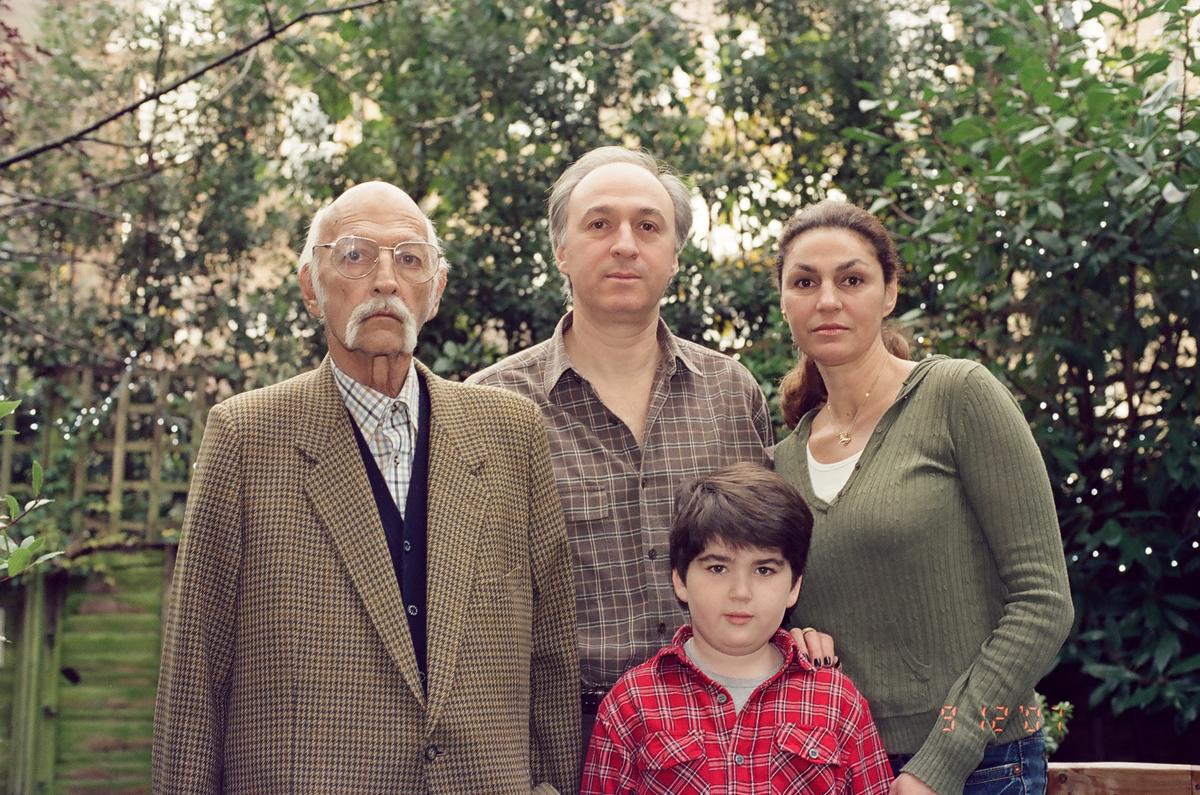The Chowmahalla Palace in Hyderabad is a half-kilometre stretch of opulent buildings, arcaded walkways, lush gardens, and reflective pools. Once the symbolic seat of the Nizams, who ruled from 1724 to 1948, it was described by author Isabel Burton in 1876 as “at least a mile long, covered with delicate tracery”, where “many a mosque, like lacework, rose here and there”.
Past a reflecting pool stands the gilded Afzal Mahal palace, off-limits within the ticketed tourist site. Inside is Azmet Jah — who, on January 25, 2023, was declared the ninth Nizam of Hyderabad after his father, Mukarram Jah Bahadur, passed away days earlier, on January 10, in Istanbul. The crowning was a family affair inside the Khilwat, the seat of power in the Nizam’s dominion till 1948 when Hyderabad became a part of India. This became a matter of dispute as other claimants to the family title, citing descent from the Nizam’s family, began jockeying for the title. A title without a kingdom.
Inside Afzal Mahal palace, Jah, who has also been a photographer and cinematographer and has worked with the likes of Spielberg and Attenborough, resembles less a royal and more a wealthy banker heading to work, with his platinum hair, boat shoes, and a touchscreen watch. Known to friends as Pasha, the 64-year-old divides his time between London, Turkey and Hyderabad. He reflects on the past, present, and future of his dynasty in an interview with the Magazine. Edited excerpts:

Azmet Jah (centre) with his father Mukarram Jah Bahadur and his wife and son.
| Photo Credit:
Courtesy Azmet Jah
Q: What brings you here?
A: This is my home. I have friends and wonderful memories here. Few people know when I am in town. I can’t go out and say, ‘Hey, look at me, I’m back, I’m the Nizam.’ People know who I am now. This time, I was here for Muharram.
Q: How do you connect with your family’s legacy — and with the city? Your grandfather and those before him were all in Hyderabad.
A: It’s in the blood, whether I like it or not. When I stepped up to make the offering during the Muharram procession of alams [battle standards] on an elephant, I could sense the people’s affection.
Q: You’re connected to both the Ottoman dynasty (your grandmother Durrushehvar was the daughter of the last Caliph Abdul Mejid II) and the Nizams.
A: I’ve spent far more time in Turkey than in India. It’s hard to say where I truly belong — I am part Turkish, part Indian. When people ask where I’m from, I usually say I’m Turkish. I don’t look Indian. If I walked around Hyderabad with my cameras, people would assume I’m another tourist.
Q: You have been a photographer and cinematographer. Are you working on anything new currently?
A: I’m working on a documentary about my great-grandfather, Osman Ali Khan, who’s been ill-served by scurrilous talk. I was not happy with the research that was done earlier and I am looking for a young person to come onboard and put my vision on the screen.
Q: You nearly got arrested in Turkey in the late 90s?
A: Yes, my father wanted to find Noah’s tomb, in Cizre, near the Syrian border. We drove there unaware that it was known for terrorism and drug smuggling. We were pulled over by a man with a gun who said, “You’re not allowed to film or photograph.” They didn’t believe we had driven from Antalya just to see Noah’s tomb.
Q: Was the tomb there? Do you think it was Noah’s tomb?
A: Yes, that’s what the inscription said.
Q: Describe the time you spent in Hyderabad.
A: We spent Christmas vacations in Hyderabad. Our favourite place was Chiran Palace, from where we’d ride down to Golconda Fort or be taken on an elephant. Once, my sister was asked at school what pets she had. She said she had a pet elephant, Alfred, in her garden. The headmistress called my mother, and said, “You have to tell your daughter to stop lying; she keeps saying she has an elephant in her garden.” My mother, Princess Esra, replied, “Yes, she does have an elephant in her garden.”
Q: How do you see your legacy in Hyderabad?
A: I think my father made a few mistakes when he went to Australia, and things went downhill with a series of bad financial advice and legal problems about various properties. But, in 1996, when I got married, my parents spoke for the first time in 20 years. I think my father asked my mother to help restore Chowmahalla and Falaknuma, and we agreed as a family to do it. So, when you ask about legacy, it is taking that forward. My son is also aware of his responsibility. The legacy continues not just through restoration, but also socially — I plan to expand schools and our involvement in education.
Q: Do you feel a sense of loss when you go to KBR park or Chiran Palace?
A: Yes, I grew up in that park. It was part of the house grounds. We had picnics there, and explored the forest. My father taught me to drive there. But it was sold off in 2006 to the state government. It feels sad knowing that the house is gone, but the park belongs to the people. Hyderabad has become a concrete jungle, so the park is a blessing.
serish.n@thehindu.co.in
Published – August 29, 2025 06:38 am IST




















